Description
Introduction
Deep learning has revolutionized the field of artificial intelligence, enabling breakthroughs in areas such as computer vision, natural language processing, and autonomous systems. PyTorch is one of the most widely-used deep learning frameworks, praised for its flexibility, ease of use, and efficient computational graph. This course is designed to teach you how to build deep learning models using PyTorch and understand the underlying principles of neural networks. Whether you’re a beginner or have prior knowledge of machine learning, you’ll learn how to implement and optimize deep learning models, apply neural networks to various tasks, and scale your models for large datasets.
By the end of this course, you will have the skills needed to create, train, and deploy neural network models, and understand how to fine-tune them for optimal performance. The course will cover basic neural networks to advanced architectures, including convolutional neural networks (CNNs) and recurrent neural networks (RNNs), using PyTorch.
Prerequisites
- Basic understanding of Python programming
- Familiarity with machine learning concepts
- Some knowledge of linear algebra and calculus (optional, but helpful)
- No prior experience with deep learning or PyTorch is required, but it’s a plus
Table of Contents
- Introduction to Deep Learning and PyTorch
1.1 What is Deep Learning?
1.2 Overview of PyTorch and Its Features
1.3 Installing and Setting Up PyTorch
1.4 Understanding Tensors: The Building Block of PyTorch
1.5 Working with the PyTorch API - Understanding Neural Networks
2.1 What are Neural Networks?
2.2 Biological Inspiration: How Neural Networks Mimic the Human Brain
2.3 Types of Neural Networks: A Primer
2.4 Understanding Perceptrons and the Feedforward Network
2.5 Activation Functions: ReLU, Sigmoid, and Tanh - Building Your First Neural Network in PyTorch
3.1 Setting Up the Dataset: MNIST Handwritten Digits
3.2 Designing the Architecture of a Simple Neural Network
3.3 Implementing the Neural Network in PyTorch
3.4 Forward Propagation and Backpropagation
3.5 Training the Network: Optimizing Weights and Biases
3.6 Evaluating Model Performance - Advanced Neural Network Architectures
4.1 Introduction to Convolutional Neural Networks (CNNs)
4.2 Implementing CNNs in PyTorch
4.3 Building a CNN for Image Classification
4.4 Exploring Recurrent Neural Networks (RNNs)
4.5 Implementing RNNs and Long Short-Term Memory Networks (LSTMs) for Sequence Modeling - Model Optimization and Hyperparameter Tuning
5.1 Understanding Loss Functions and Gradient Descent
5.2 Optimizers in PyTorch: SGD, Adam, and RMSprop
5.3 Learning Rate Schedules and Techniques
5.4 Regularization: Dropout and Batch Normalization
5.5 Hyperparameter Tuning with Grid Search and Random Search - Deep Learning for Computer Vision
6.1 Working with Image Data in PyTorch
6.2 Data Augmentation and Preprocessing for Image Tasks
6.3 Building CNNs for Image Classification and Object Detection
6.4 Transfer Learning: Leveraging Pre-trained Models
6.5 Fine-Tuning Pre-trained Models for Custom Tasks - Deep Learning for Natural Language Processing
7.1 Working with Text Data in PyTorch
7.2 Text Preprocessing: Tokenization, Padding, and Embeddings
7.3 Implementing RNNs for Sentiment Analysis
7.4 Using LSTMs for Sequence Generation and Translation
7.5 Transformer Models and Attention Mechanisms - Training and Evaluating Deep Learning Models
8.1 Overfitting and Underfitting: Diagnosing Model Performance
8.2 Evaluating with Cross-Validation and Test Sets
8.3 Monitoring Training: Using TensorBoard for Visualization
8.4 Model Checkpoints: Saving and Loading Models(Ref: Learn and Understand D3.js for Data Visualization)
8.5 Handling Imbalanced Datasets and Data Augmentation - Deploying Deep Learning Models
9.1 Exporting PyTorch Models for Deployment
9.2 Deploying Models to the Cloud: AWS, GCP, and Azure
9.3 Serving Models with Flask and FastAPI
9.4 Optimizing Models for Mobile and Edge Devices
9.5 Monitoring Model Performance in Production - Conclusion
10.1 Recap of Key Concepts and Skills Learned
10.2 Real-World Applications of Deep Learning and PyTorch
10.3 Next Steps: Advanced Topics in Deep Learning
10.4 Further Learning Resources and Communities
10.5 Building Your Deep Learning Portfolio
Conclusion
Deep learning has rapidly become a cornerstone of modern artificial intelligence, and PyTorch is a leading tool for developing cutting-edge models. Through this course, you’ve gained the fundamental skills required to design, train, optimize, and deploy deep learning models using PyTorch. From building simple neural networks to exploring complex models like CNNs and RNNs, you now have a solid foundation in one of the most powerful frameworks in AI.
As deep learning continues to evolve, it’s important to stay updated with the latest research, tools, and techniques. This course has equipped you with the core competencies to build scalable, high-performance deep learning systems and to apply them to real-world problems across various domains such as computer vision and natural language processing. Keep experimenting with different models, datasets, and applications, and you’ll be well on your way to mastering deep learning.



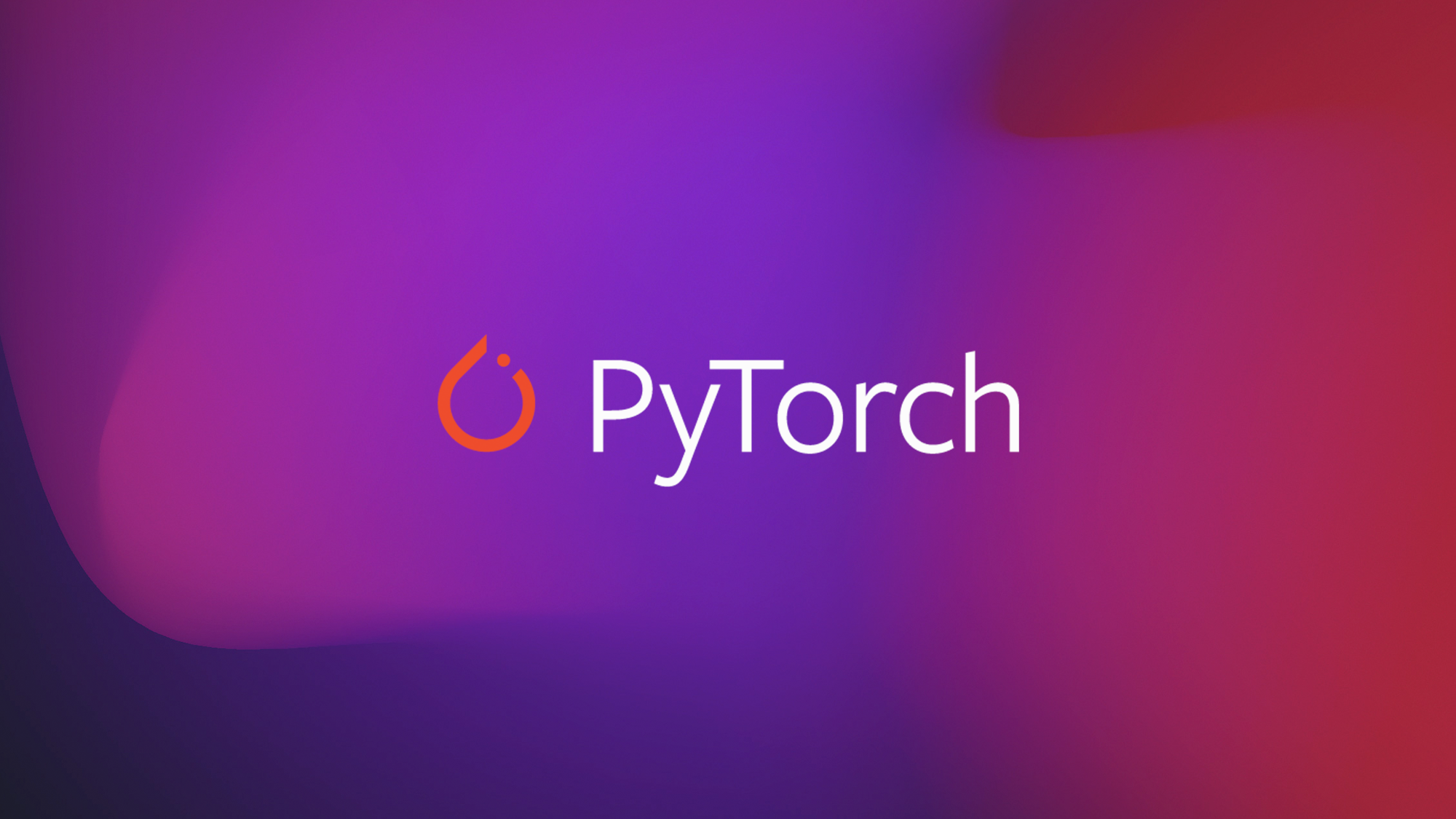
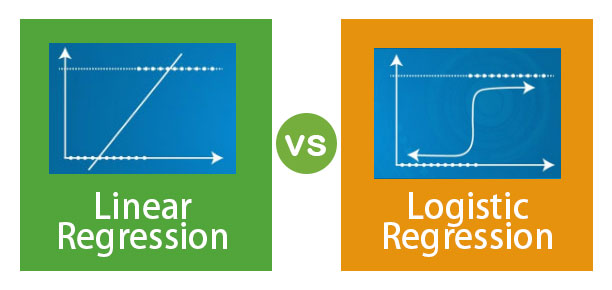

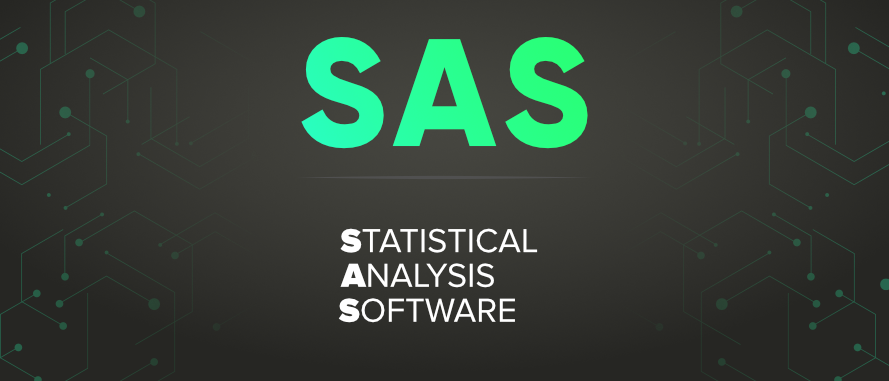
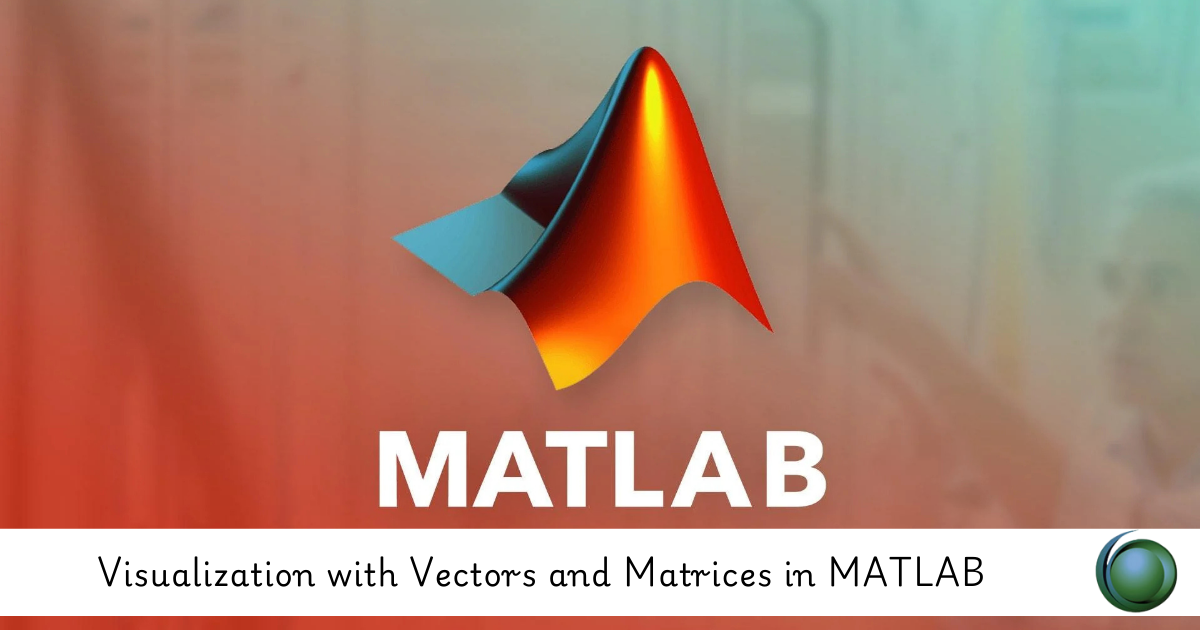
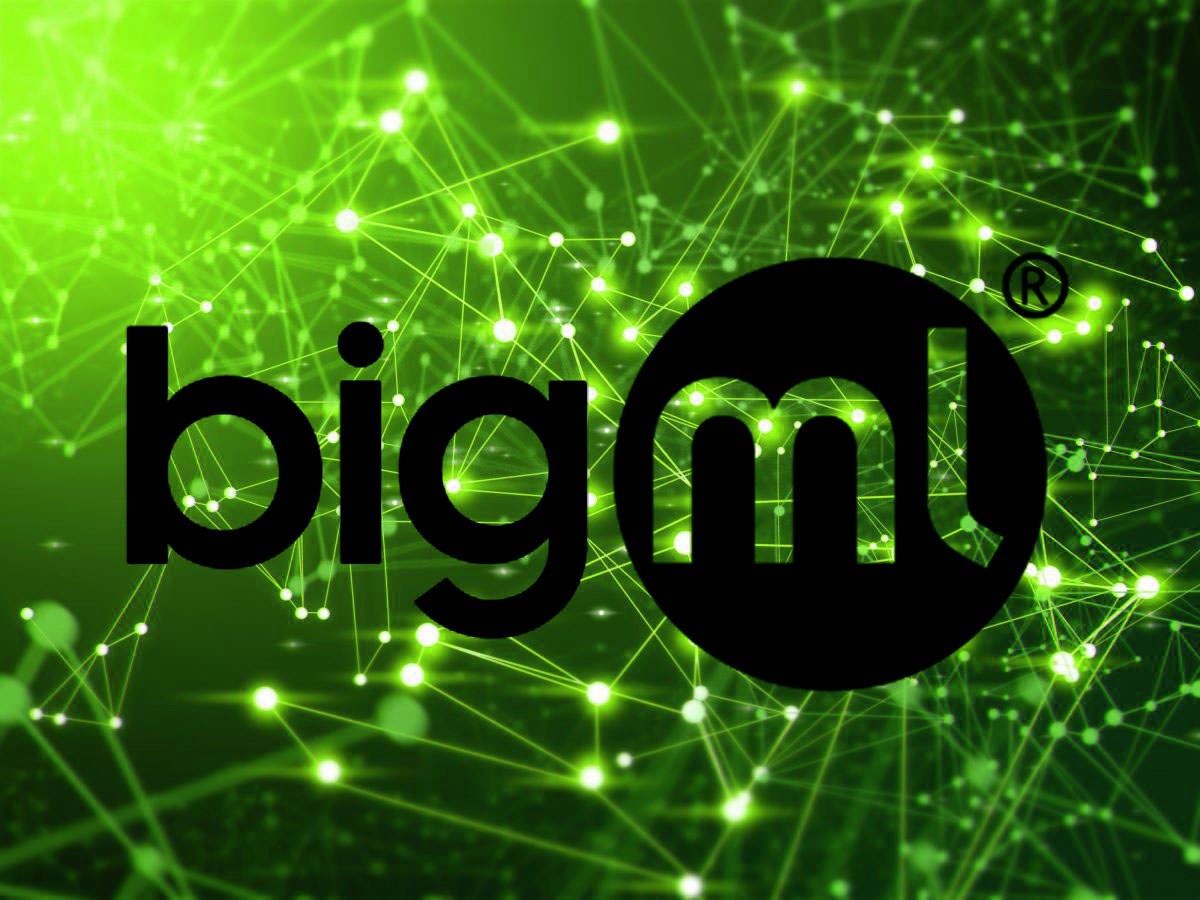
Reviews
There are no reviews yet.